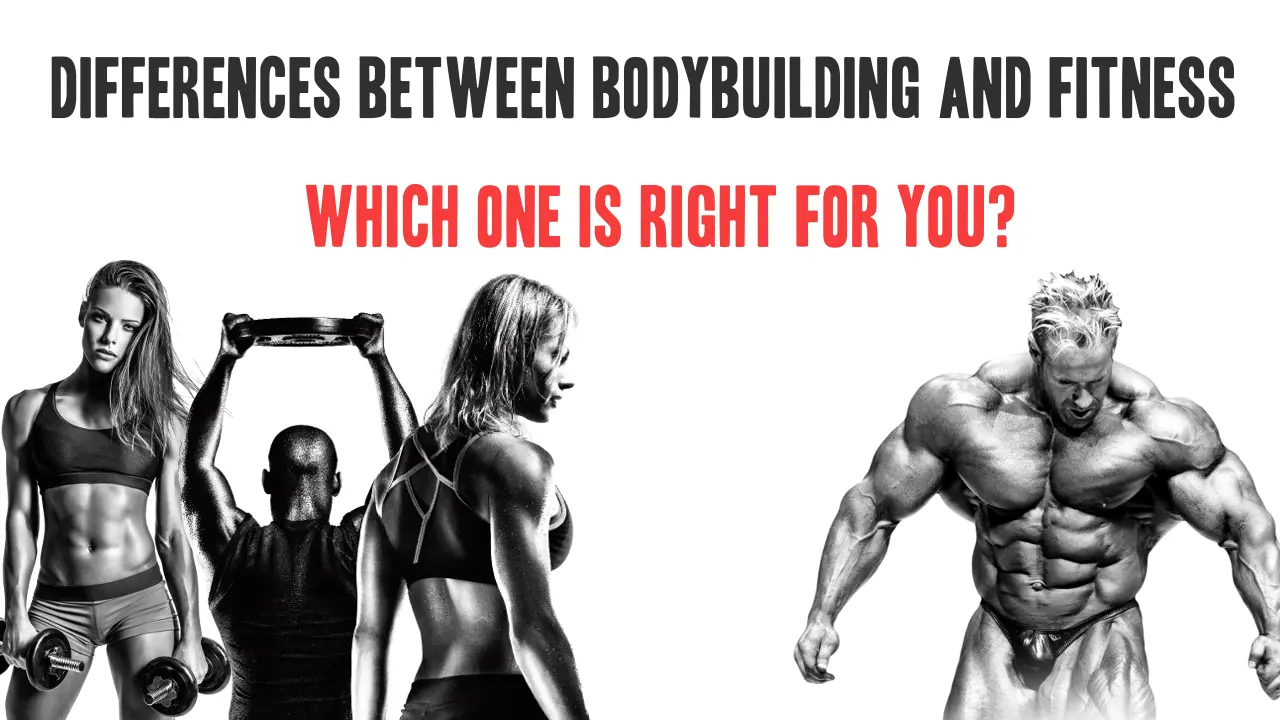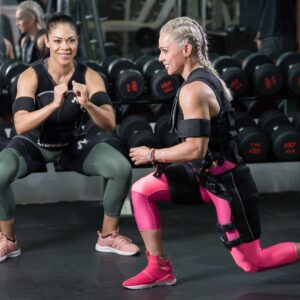Contents
Ever wondered what sets bodybuilding apart from fitness? While both focus on improving physical health and appearance, their goals, training methods, and outcomes are distinct. So, which one is right for you? Let’s dive into the key differences between these two disciplines to help you decide which path best aligns with your goals and lifestyle.
1. Goals
Bodybuilding: The Pursuit of Muscle Mass
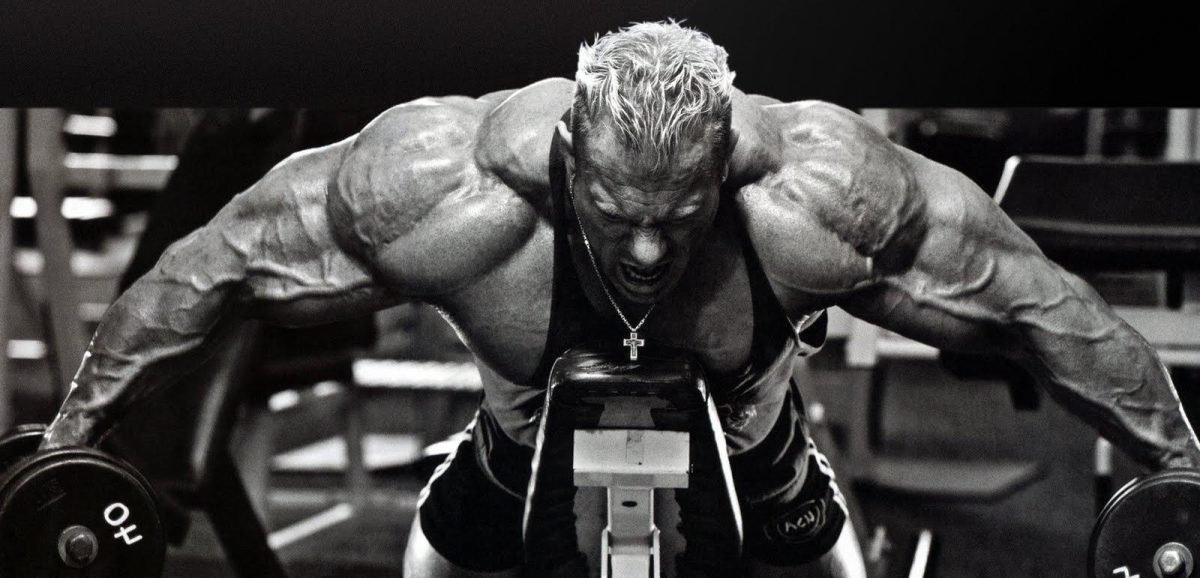
The primary goal of bodybuilding is to develop and sculpt muscles to achieve a highly defined, symmetrical physique. Bodybuilders train for muscle hypertrophy (growth) and strive to reduce body fat to highlight muscle definition. Competitions like Mr. Olympia judge athletes based on criteria such as muscle size, proportion, definition, and symmetry.
Fitness: Overall Health and Functionality
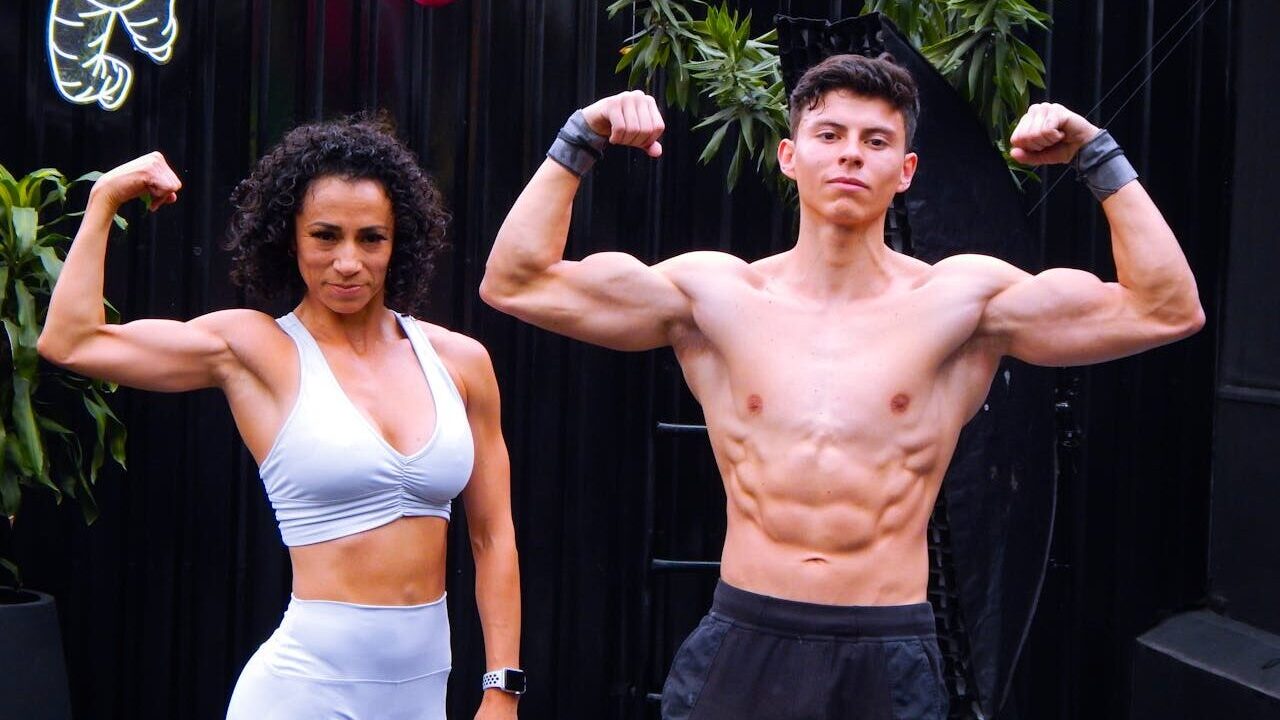
Fitness, on the other hand, emphasizes general health, functional strength, endurance, flexibility, and cardiovascular health. While muscle tone and appearance are often secondary goals, the focus is on maintaining overall wellness. Fitness is about balancing strength, endurance, flexibility, and agility to enhance daily performance and quality of life.
2. Training Approach
Bodybuilding: Targeted Muscle Isolation
Bodybuilders typically follow a split-training routine where specific muscle groups are targeted on different days (e.g., chest day, leg day). The emphasis is on progressive overload—gradually increasing weight and resistance to promote muscle growth. Reps are usually in the moderate range (6-12 reps per set), with exercises focused on isolating muscles to enhance their development.
for example:
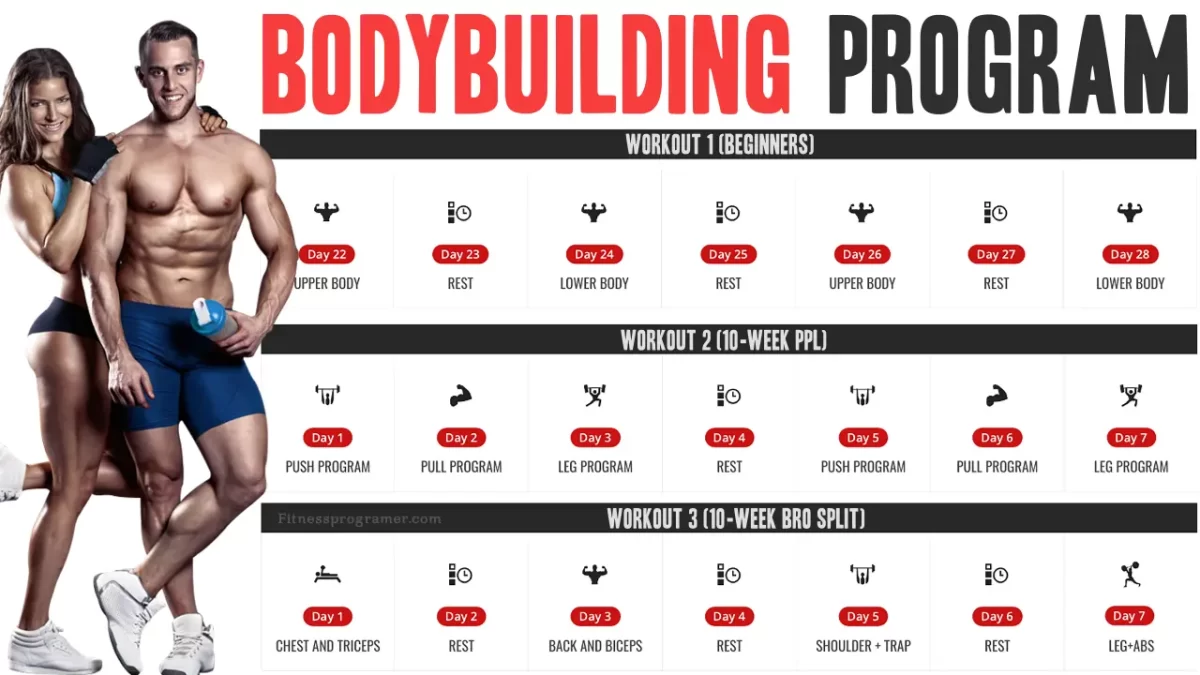
Fitness: Functional and Full-Body Workouts
Fitness training is generally more holistic, involving a mix of strength training, cardiovascular exercise, flexibility work, and often full-body workouts. Functional movements like squats, deadlifts, and push-ups that mimic daily activities are common. The goal is to improve performance across various domains—strength, endurance, mobility, and agility.

Here are some workouts you can include in your fitness routine:
- Morning Workouts
- 3×5 Strength training for beginners
- Circuit Workouts
- Compound training that you will do 3 days a week
- Comprehensive boot camp training
- 300 workout for more advanced levels
While each workout has specific goals, a general fitness routine can be customized to fit individual objectives. It’s often recommended to include weightlifting 2-3 days per week, complemented by low- to high-intensity cardio or other forms of exercise on the remaining days. Fitness routines are flexible, allowing you to train without needing a gym. By learning calisthenic exercises, you can also design a personalized training program.
3. Nutrition
Bodybuilding: Precision in Macros and Timing
Nutrition in bodybuilding is critical to building muscle mass while minimizing body fat. Bodybuilders often track macronutrients (proteins, fats, carbohydrates) carefully and eat in phases—bulking (to gain muscle) and cutting (to lose fat). Protein intake is especially high to support muscle recovery and growth, and meals are frequently timed around workouts.
Fitness: Balanced and Sustainable Diet
While nutrition is also important in fitness, the approach is often more flexible and sustainable. The emphasis is on a balanced diet that supports overall health, energy levels, and longevity. A fitness diet is usually less rigid, focusing on whole foods, portion control, and long-term habits rather than strict bulking and cutting cycles.
4. Body Composition and Appearance
Bodybuilding: Aesthetics Above All
The hallmark of bodybuilding is a low body fat percentage and highly visible muscle definition. Achieving this physique often requires extreme dedication, including strict diets and long periods of training. Competitors often go through phases where they dehydrate themselves to look as lean as possible for competitions.
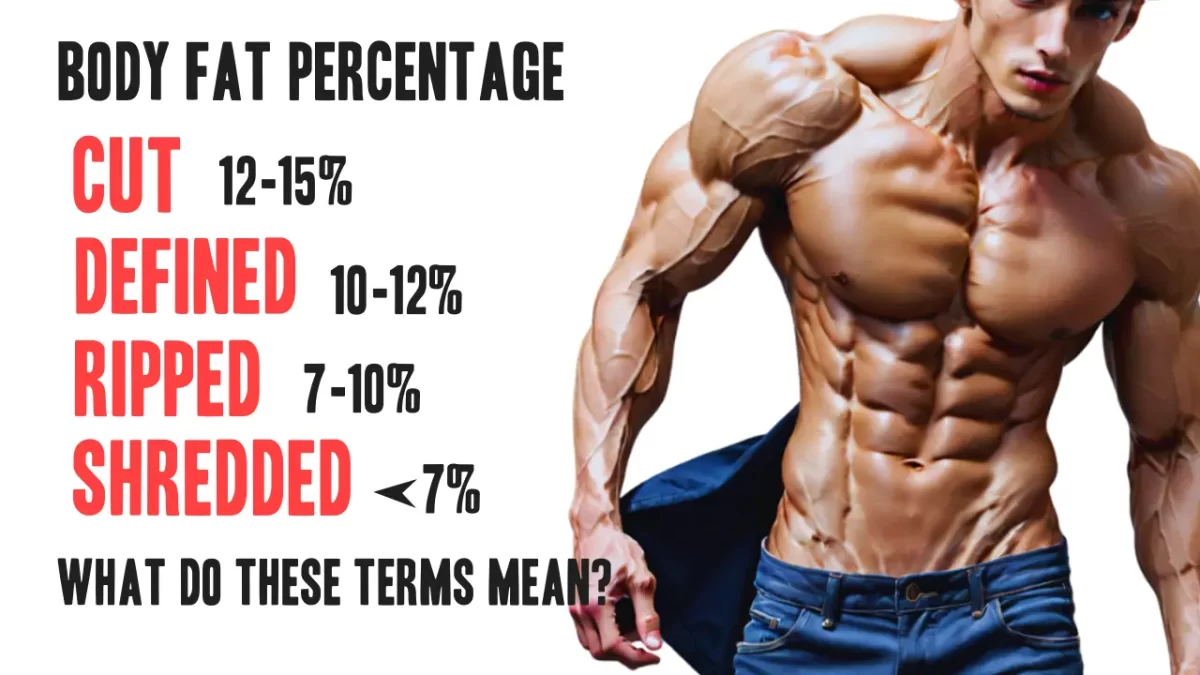
Fitness: A Healthier Look
Fitness enthusiasts typically maintain a more balanced physique, with moderate muscle tone and a healthy body fat percentage. The look is often lean but not as exaggerated or extreme as a bodybuilder’s. A fitness-focused body is one that can perform a variety of activities while maintaining vitality and health.
5. Lifestyle and Mindset
Bodybuilding: Discipline and Rigidity
Bodybuilding is highly regimented, requiring strict adherence to diet, training, and often supplementation. The lifestyle is demanding, with a lot of emphasis on self-discipline, routine, and sacrifice. Whether competing or not, many bodybuilders adhere to stringent protocols year-round.
Fitness: Flexibility and Balance
Fitness tends to be more about long-term sustainability, with flexibility built into both diet and exercise routines. There is less of a need for the rigid discipline seen in bodybuilding, as fitness is focused on creating a lifestyle that promotes well-being without extreme measures. Fitness training can be adapted to individual needs and often includes variety to keep the process enjoyable.
So, which one is right for you?
- Choose fitness if you want to improve your overall health, feel better, and have more energy for daily activities. It’s a great option for most people.
- Choose bodybuilding if your primary goal is to build significant muscle mass and achieve a very defined physique. Be prepared for a more regimented training and diet program.
Remember, you can also combine elements of both! Many fitness routines incorporate weight training to build muscle, and some bodybuilders do cardio to improve conditioning.
Conclusion
In summary, the difference between bodybuilding and fitness comes down to goals, methods, and mindset. Bodybuilding is focused on developing muscle size and achieving a defined, aesthetic look, requiring intense discipline and specific training techniques. Fitness, however, takes a more balanced approach, aiming for overall health and functionality without the same extreme focus on appearance.
Both approaches have their merits, and the right path depends on your personal goals. Whether you’re aiming for the stage or simply to feel healthier and more active, understanding these differences will help you choose the training style that best suits you.

